Disability, Employment and Progress in the Fitness Space
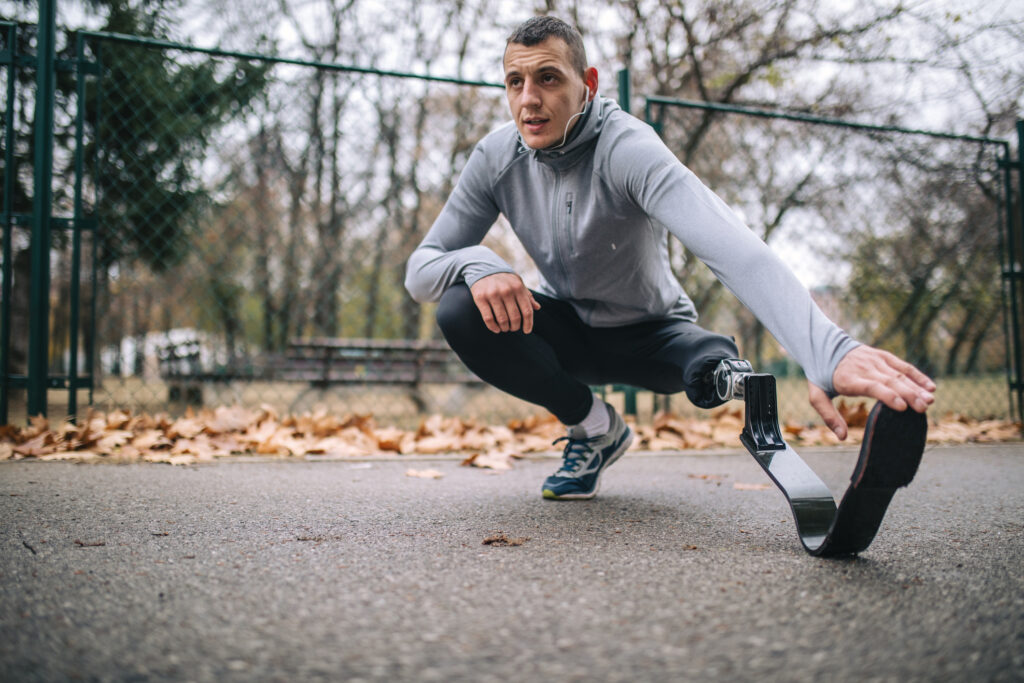
Did you know that 81% of people with a disability don’t feel welcome in the fitness industry? That means as fitness professionals, leaders and educators, we have a lot of work to do. One of the biggest areas of need is in representation. We are the fitness industry after all, and we know that representation […]
Hologic DXA Webinar Q&A
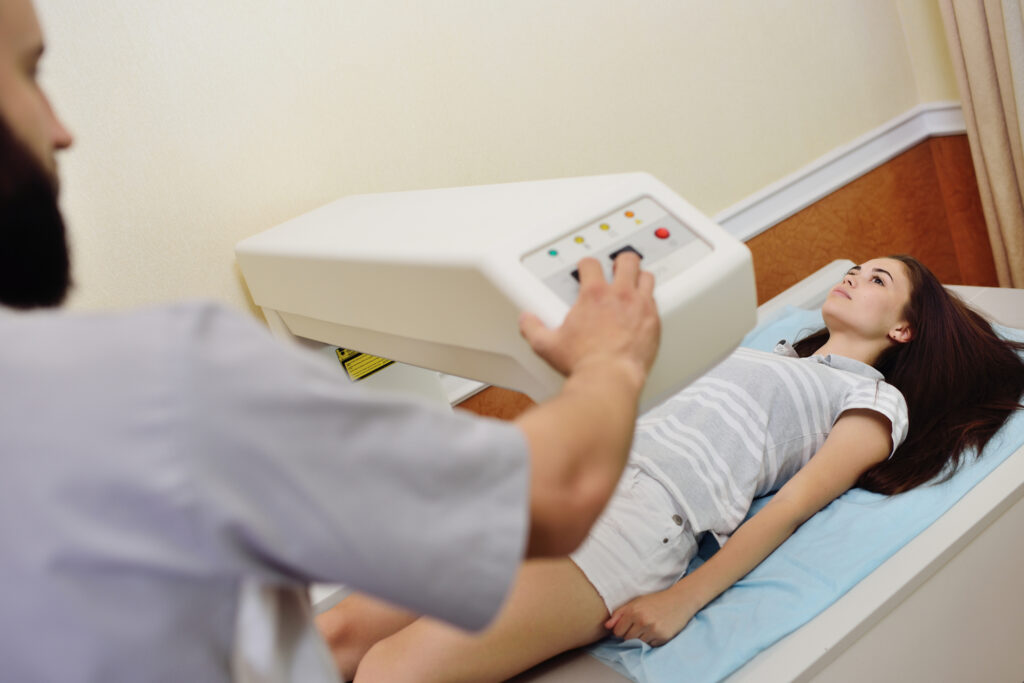
Access the webinar recording here Questions regarding other body composition assessment tools: There are many pros and cons to any body composition assessment tool, DXA included. Many of you asked my thoughts about other methods — specifically bioelectric impedance analysis (BIA — InBody), air displacement (BOD POD), 3D scanners such as the SizeStream, and ultrasound […]
Understanding Individual Variability in Exercise Response: Key Considerations for Research and Practice
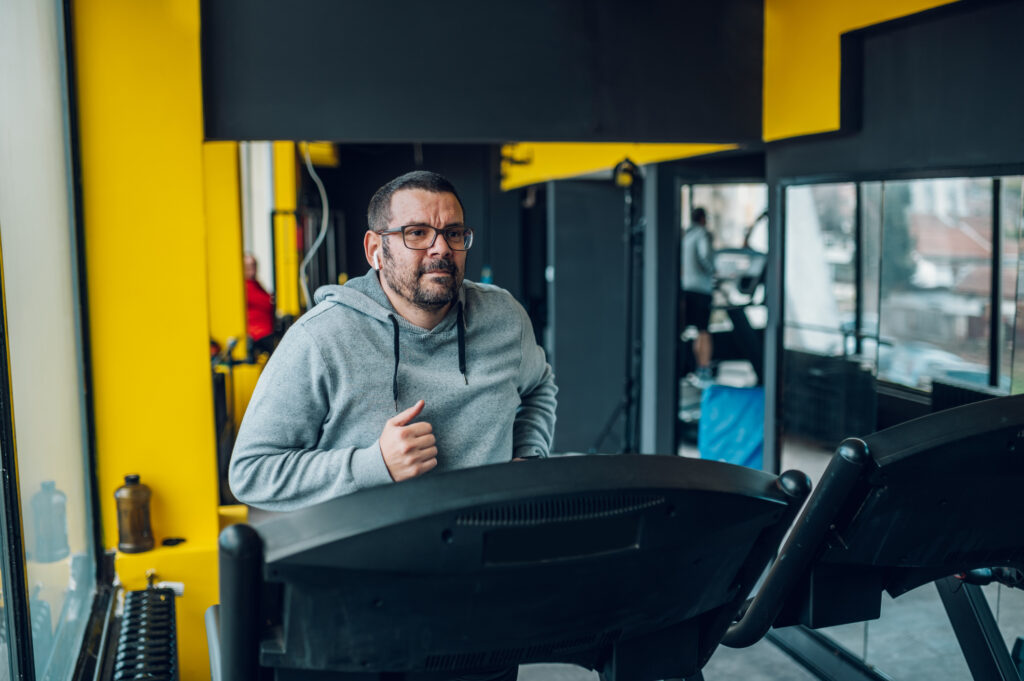
The movement to recognize exercise as medicine has incited interest in personalized exercise prescription while simultaneously exposing weaknesses in the existing exercise science literature. As a field, it is acknowledged that differences in an individual’s phenotype (observed characteristics) and genetic makeup will contribute to a marked variability in response to standardized exercise. However, the assumption that this […]
Three Cheers for Ambivalence!
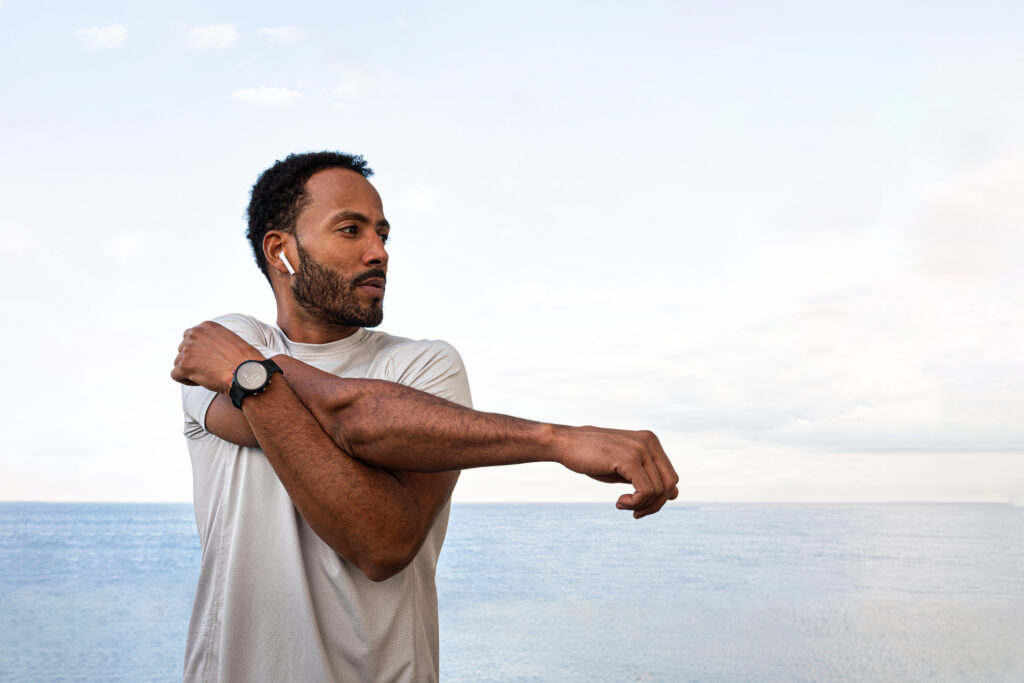
One element of the many skills developed as part of a coaching approach is the use of motivational interviewing (MI)(1). MI first emerged as a means of supporting people to manage significant and enduring addictions; however, its efficacy generally in supporting behavioral change is well documented. MI is a collaborative and conversational engagement with the […]
A Sedentary Lifestyle Is Linked to Functional Decline, But Any Movement Can Help

Technological advancements in the past 60 years have led to an increasingly sedentary lifestyle. Changes in transportation, communication, the workplace and domestic entertainment have fostered environments in occupational, home and social settings that now demand or encourage sedentary behavior throughout most of the day. In recent years, we have become more aware of the negative […]
Loss of Lean Tissue during Weight Loss Increases Weight Regain in the Long Term

Over the last four decades, obesity has become one of the major public health problems in the U.S. Due to its prevalence (>40% of the adult population are obese) there is an increased risk of comorbidities, especially Type 2 diabetes and cardiovascular disease. Although weight loss is difficult, it is well established that weight loss […]
Tips for Presenting an Award-Winning Poster at an ACSM Regional Chapter Meeting

As graduate students, we spend tireless hours collecting data, gaining knowledge about our field, and learning new laboratory techniques (often into the wee hours of the morning). Conferences provide us an opportunity to finally showcase our hard work. Presenting your research at conferences is one of the best opportunities to tell your story as a […]
Capitalizing on Accelerometry to Measure Performance Fatigability in Older Adults

Fatigability is not a new concept in the exercise physiology realm. Researchers have long paired physical activity measures with ratings of perceived exertion or contractions of isolated muscle groups during tasks to quantify self-reported or muscle fatigability. Of late, the term “fatigability” has evolved and is widely used in aging research to represent a whole-body trait of […]
11 Tips for Instructors Bringing Students to ACSM Regional Chapter Meetings

One of the best parts of being a faculty mentor is taking students to regional conferences. You get to show them inspiring scientific content and introduce them to peers and colleagues who share their passion for sports medicine and exercise science. If you’re planning to take students to an ACSM regional chapter meeting, consider these […]
Combating Obesity as a Family

Obesity is one of those diseases that just breaks my heart. After almost 24 years in the health care field, I have not personally witnessed a reduction in this “lifestyle” disease, and the official statistics in the U.S. and worldwide don’t reflect that much progress has been made toward prevention. There are many reasons why […]
